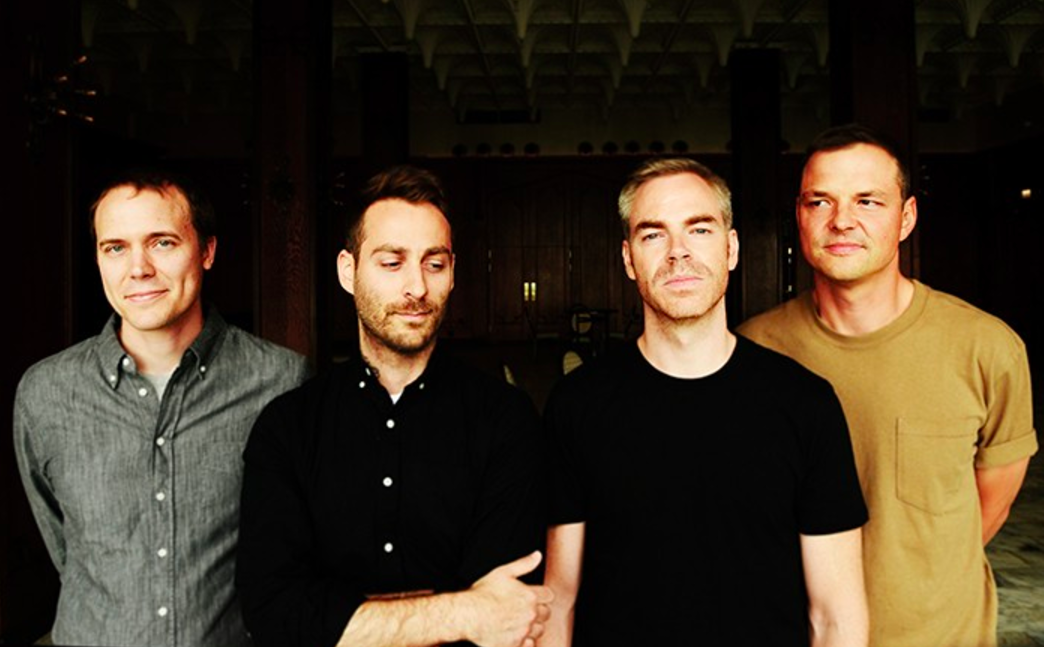How does it feel to move back into a house you last lived in seventeen years ago? By revisiting the place, can you recapture the feelings and memories that you had there before? Or does time warp everything, make it faded and smaller?
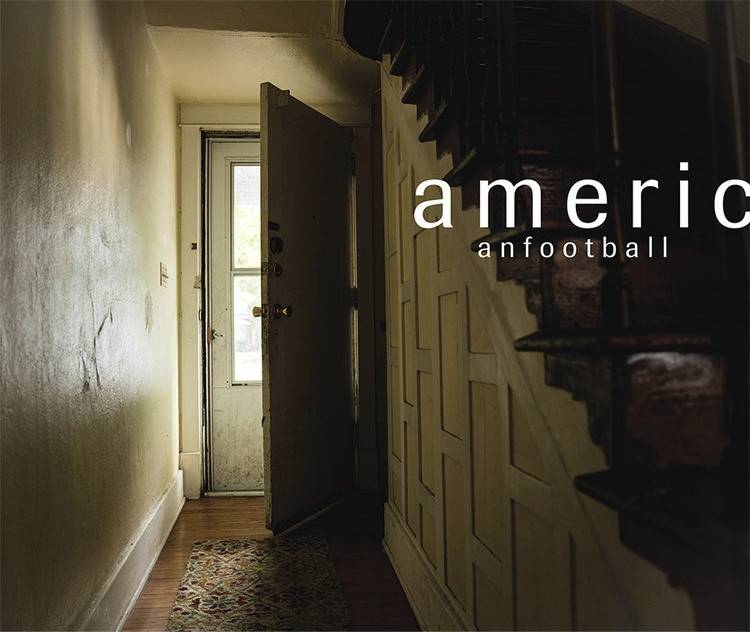
Cover of LP 2
These are the questions American Football dive into on their new eponymous LP, a “sophomore” album almost two decades in the making. The cover of their debut (and also eponymous) album showed, at first glance, just a house. Modest, nondescript, very midwestern. But a generation of fans turned the picture of an Urbana rental property into an icon.
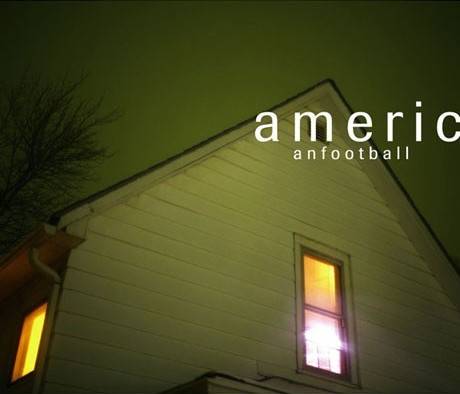
Cover of LP 1
Look at it enough times, and the glow in the window becomes a puzzle, enticing or sad. You’re looking up at it, like maybe you’re passing by, or locked out, and thinking of whoever is inside. Like the songs on the album, the photo has unexpected depths. It can be imbued with a whole tangle of emotions (very literally in the 2014 music video for their iconic “Never Meant”).
After their first album was reissued to surprisingly robust sales in 2014, American Football decided to risk going back to the old house. The cover photograph they’ve chosen for this new release gives us some hints as to how they plan on recovering their past. In this picture we’re inside that house, looking out. The place is the same but the perspective has changed. American Football isn’t going to escape the late-90s moment and strong teenage emotions of their first album, but they aren’t going to lavishly recreate it either. They’re trying to take the images of the past and reconsider them, explore them in the light of experience.
In case you’re not familiar with American Football’s quintessential cult-band story, here’s a quick recap. The band formed when guitarist Steve Holmes, drummer Steve Lamos, and singer/guitarist Mike Kinsella (who had played with brother Tim in Cap’n Jazz and Joan of Arc) were undergrads at U of I. When they could borrow guitars, they practiced riffs inspired by Red House Painters and the Sea and Cake’s “Jacking the Ball”. Songs were written around alternate tunings and picking rhythms, with lyrics added hastily or not at all. They played a couple dozen small shows, made a quick EP, and then recorded a full album in the week after graduation. The reception was modest, airplay light. A snarky early Pitchfork writer said that “they don’t suck terribly”, and called the album “maddeningly benign”. The three members moved on after graduation; “American Football” was already basically in the rearview mirror.
But the album didn’t go away. Incubated by word of mouth, it spread in influence and popularity over the years. It makes frequent appearances on “Best Emo Albums” and “Best Indie Albums of the 90s” lists. It’s probably the best-selling C-U album of the last twenty years (well, I doubt it shifted as many units as Not So Silent Night … Christmas with REO Speedwagon, but you know what I mean). For a new generation of emo bands like Into It. Over It. and The World is a Beautiful Place & I am No Longer Afraid to Die, American Football’s melancholic, intricate guitar work is more of a touchstone than the genre’s punk and hardcore influences.
Perhaps in part because it was an epitaph, the first album precisely nailed its combination of teenage angst, longing, and nostalgia. What became known as “the American Football House” became a landmark, attracting indie tourists with tattoos of the album cover looking for tumblr-worthy snapshots (you can read more about the house in pieces from this publication and others).
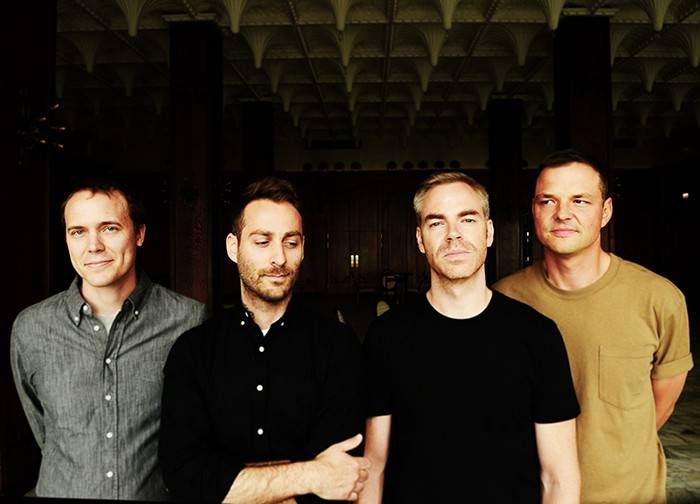
With that kind of history, the new album had to, at least in part, be about the gap of those seventeen years. Aging and change are unavoidable, and that’s especially important when following an album so focused on teenage feelings. “Where are we now?” Kinsella asks on the new album’s opening song. It’s a reasonable question for any reunion album, and it’s the kind of introspection this album specializes in. “Both home alone in the same house,” he continues, and you can just imagine him standing alongside the bannister, looking up the staircase at rooms full of ghosts.
You can hear the most striking changes in Kinsella’s voice. If you listen to his albums as Owen from the last decade and a half, the progression feels natural. But putting this album on immediately after the first LP gives you a bit of a shock. Kinsella sounds more confident, hitting notes that he strained for on the first album. His voice has become a softer, more precise instrument. It blends more naturally with the interlocking guitar riffs, at the expense of the adolescent rawness he had on the first album. It’s in keeping with the themes of this album, though. Where the first American Football album had a tossed off appeal, it diary-entry lyrics and quick recording acting as a snapshot of an instant, this album is more considered and careful.
Kinsella nails the falsetto on “My Instincts Are the Enemy”, but the highlights here are in American Football’s distinct guitar sound. Kinsella and Holmes’ paired riffs are even more complex than on the first American Football album; twinkling sixteenth notes making intricate patterns. The band’s use of open guitar tunings led Kinsella to self-deprecatingly describe their live shows as three guys “tuning our guitars in front of people for 45 minutes”, but the effect is mesmerizing, often surpassing Kinsella’s wistful lyrics. The strummed open tuning harmonics on “My Instincts” are a stronger hook than any of the vocals on the album.
The lyrics stumble on “Home is Where the Haunt Is”, with lines that tread too close to emo apotheosis like “these wounds won’t lick themselves”, “the past still present tense”, or the song’s title. The generic depression of “I’ve Been Lost For So Long” makes for the album’s flattest song, with little of the life of American Football’s best.
“Give Me the Gun” nearly suffers the same fate, but it’s elevated by Steve Lamos’ excellent drum fills. American Football’s airy, delicate guitars could easily feel unmoored without Lamos’ tight, understated work as balance. With his jazz-inspired percussion and occasional trumpet contributions, Lamos provides the touch of class that is American Football’s secret weapon. (Any article about American Football that mentions “time signatures” or “polyrhythms” is a testament to this.)
“Desire Gets in the Way” is where the band best recaptures the feeling of that first album. The album’s catchiest guitar riff has the two instruments rising and falling like a pair of escalators. The yelled vocals even come close to letting loose. It’s not the album’s most elegant song, but it penetrates, and hits a raw feeling that this album could have used a bit more of.
But in the end, that’s not what American Football is aiming for here. They’re doubling down on careful minimalism, trying to emphasize the thoughtful and ghostly qualities of their songs. The trumpet in “Everyone Is Dressed Up”, the album’s last song, gives a funereal feeling. Kinsella sings a soft goodbye to “Wild nights when we were younger, we thought we’d live forever,” before concluding “Our love will surely be forgotten.” It’s the closest thing on the album to a joke, because this album only exists because fans refused to do what Kinsella suggested at the beginning of “Never Meant”: “Let’s just forget.” This new album won’t make you forget about American Football’s first LP, but it takes a careful look back at the time and place that it captured. Time doesn’t erase, but it does change things. American Football uses this album as a chance to examine the feelings of their first LP, carefully turn them over, and then lay them back to rest.
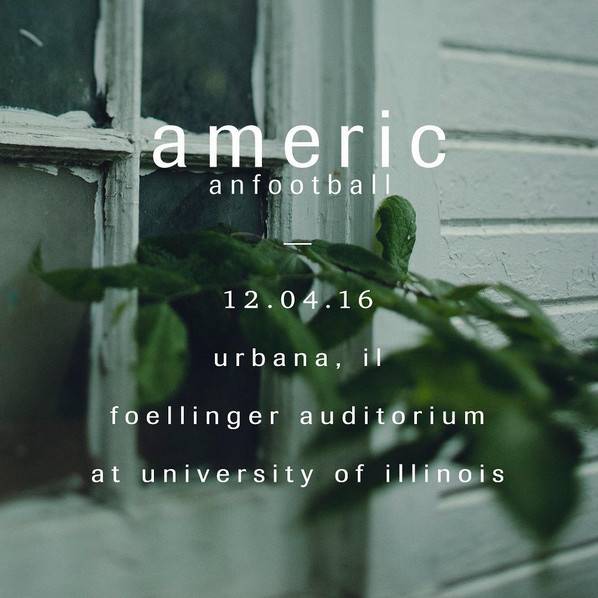
American Football are playing at Foellinger Auditorium Sunday, December 4th, at 8:00 p.m. Tickets are $19 for students/$26 for the public. The last time these guys played in town was Pygmalion 2014, so you don’t want to miss this show.
About the Author:
Nathaniel Forsythe is a writer living in Champaign. He prefers to write in an ASDFGH open tuning. It’s pretty obscure, you might not have heard of it.








